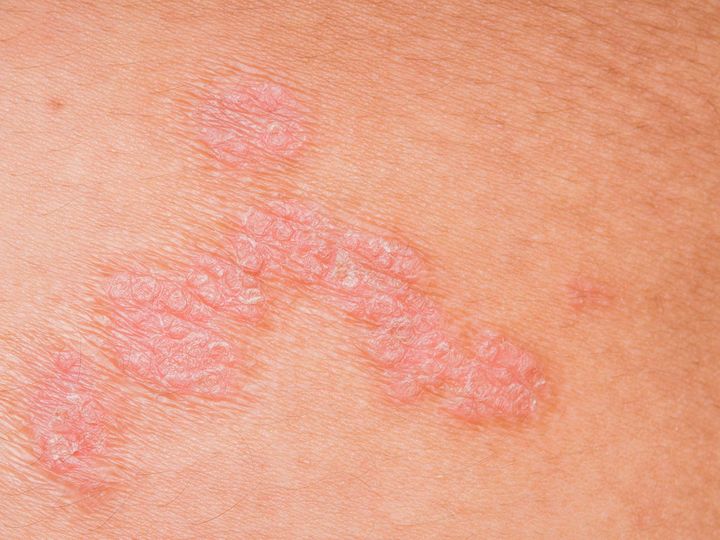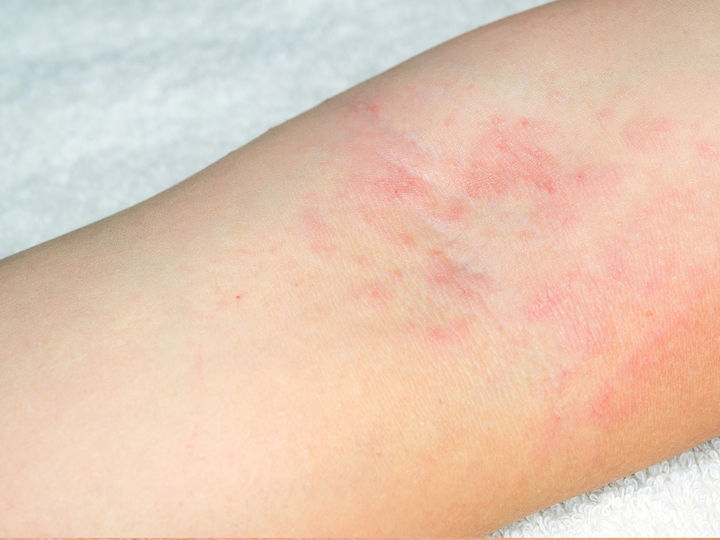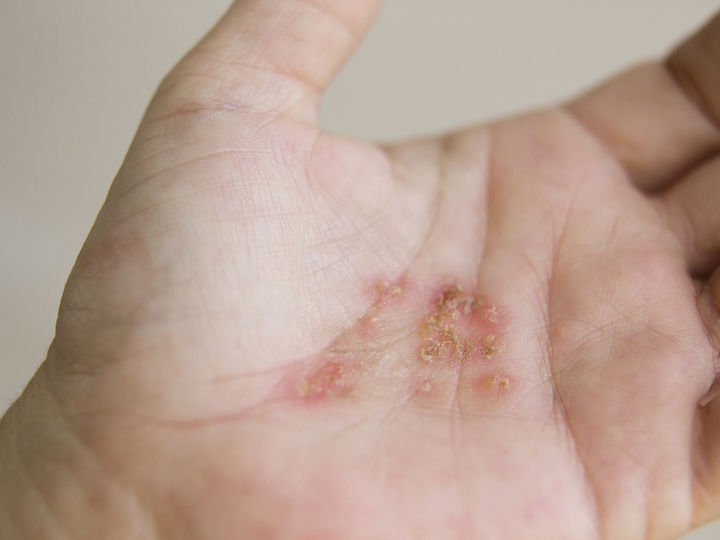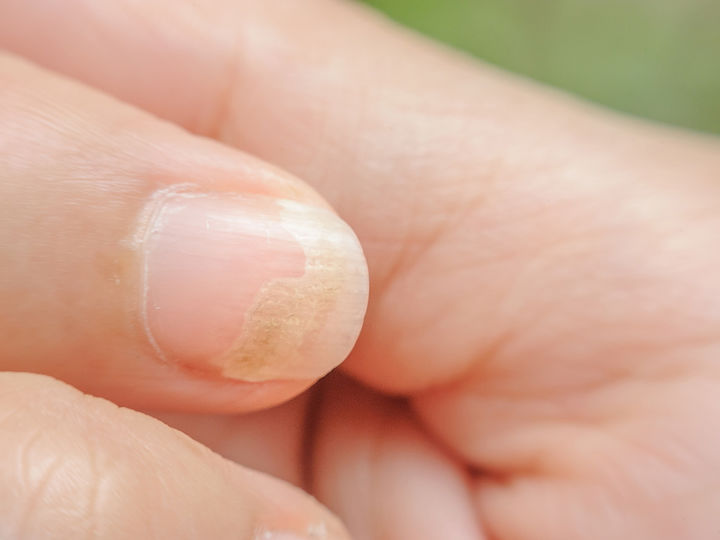Skin inflammation
The skin is the barrier of the body to the outside world. On our skin lives a great variety of microorganisms, especially bacteria and fungi, which do not lead to diseases under normal conditions. However, if the environmental conditions for these microorganisms change (for example due to increased skin dryness or in patients with atopic dermatitis) skin infections become more common.
In addition, there are also numerous microorganisms such as fungi or certain viruses that are not normally present on our skin, but lead regularly to diseases if they temporarily colonize the skin.
Some of these illnesses can be very severe, in rare cases even life-threatening. For this reason, it is important to carry out a thorough and systematic diagnosis by means of clinical examination, material extraction, laboratory and special examinations in order to be able to initiate a suitable treatment quickly.
Acne
Acne is one of the most common inflammatory skin conditions, it occurs especially on the face and back. In the past, particularly severe forms of acne have led to cosmetically very disfiguring scarring in the face and décolleté area. In the practice of Dermatologist Prof. Robert Loewe, MD, all kinds of therapies are used, including medical cosmetics, external and internal drug therapy (such as local therapies, retinoid therapy [Ciscutan]), UV light irradiation and laser treatments.
Psoriasis
Psoriasis is a skin disease that often affects only a few parts of the body, but can also completely cover the skin. It is an inflammatory disease of the upper layers of the skin (epidermis, dermis), it manifests mainly in thick scales.
Normally, the horny cells of the skin reach the surface of the skin in 28 days, where they are discreetly deposited. This process is shortened in psoriasis to four days. Affected areas react with increased formation of scales that look whitish, are sometimes itchy, bleeding or wet.
The most affected skin areas are elbows, knees, the sacral area and the head.
In our practice, all therapeutic procedures are used, these include all different local therapies and the entire spectrum of medical and biological therapies.
Eczema
One of the most common skin diseases is atopic dermatitis. About 3 to 4% of all children suffer from atopic dermatitis. Typical of atopic dermatitis is a changing, very different-looking, itchy rash, a so-called eczema. Eczema describes reddened, flaky, sometimes weeping or inflamed skin changes. Typically, they occur in the elbows or knee pits, neck or face. Eczema patients often have dry skin and brittle hair.
In addition to intensive care that includes neurodermatitis care training, which is paramount especially in the case of young patients, we offer the complete spectrum of external and internal therapy in the office of Prof. Robert Loewe, MD, Dermatologist.
Hand Eczema
Hand Eczema is an inflammation of the skin on the hands that is not contagious. In general, this dermatitis is accompanied by blistering and pronounced itching, but may also appear with thick scales and painful tearing.
Uncomplicated, mild hand eczema heals quickly under treatment. Moderate hand eczema persists for weeks or months. Severe hand eczema nevertheless is associated with extensive, often recurring or persistent skin changes and is more difficult to treat.
Skin protection, the avoidance of trigger factors and a differentiated therapy are the three cornerstones of successful treatment. In the office of Prof. Robert Loewe, MD, Dermatologist, I take the time to discuss all these aspects together with you and to offer you individual support in your professional environment.
Perioral dermatitis (POD)
Perioral dermatitis refers to a characteristic intolerance reaction of the facial skin, which is based on repeated irritation. Possible irritants must preferably be sought in the area of cosmetic articles such as cleansing articles or facial care creams and in cosmetic measures. The majority of patients show an increased sensitivity of their skin.
POD does not only manifest itself around the oral region, it is also present around the nose, around the eyes and may be present in all of these three regions at the same time. The skin barrier is affected and reduced and patients report a feeling of tension and dryness. Often, they try to intensify the use of external preparations for compensation, which leads to a vicious circle in many cases.
In the practice of Dermatologist Prof. Robert Loewe, MD, we offer a whole range of therapy recommendations, from mild care to local therapy to systemic, medical therapies. In every case, the therapy is of course specifically adapted for every individual case.
Actinic keratoses
In heavily photodamaged skin (face, bald, forearms and hands) and with certain predisposition, so-called "actinic keratoses" often develop in older people. These are sharply defined, reddened areas of the skin, which usually carry a firmly adhering dandruff. They are often considered to be "dry skin". Squamous cell carcinoma can evolve on the basis of these changes - but this does not have to be the case with every patient. Actinic keratoses can be removed very easily by local measures such as cold, ablation, various local therapies or photodynamic therapy or the use of lasers.
Mycology (fungal diseases)
If there is the suspicion for a possible infection with fungi (skin, nail and hair, for example), we offer in the ordination Prof. Robert Loewe, MD, Dermatologist a selective diagnosis by means of microscopic immediate examinations, fungal cultures or even molecular diagnostics. Depending on the clinical findings and the results of the examination, an external or combined internal therapy of the infection can be carried out.



